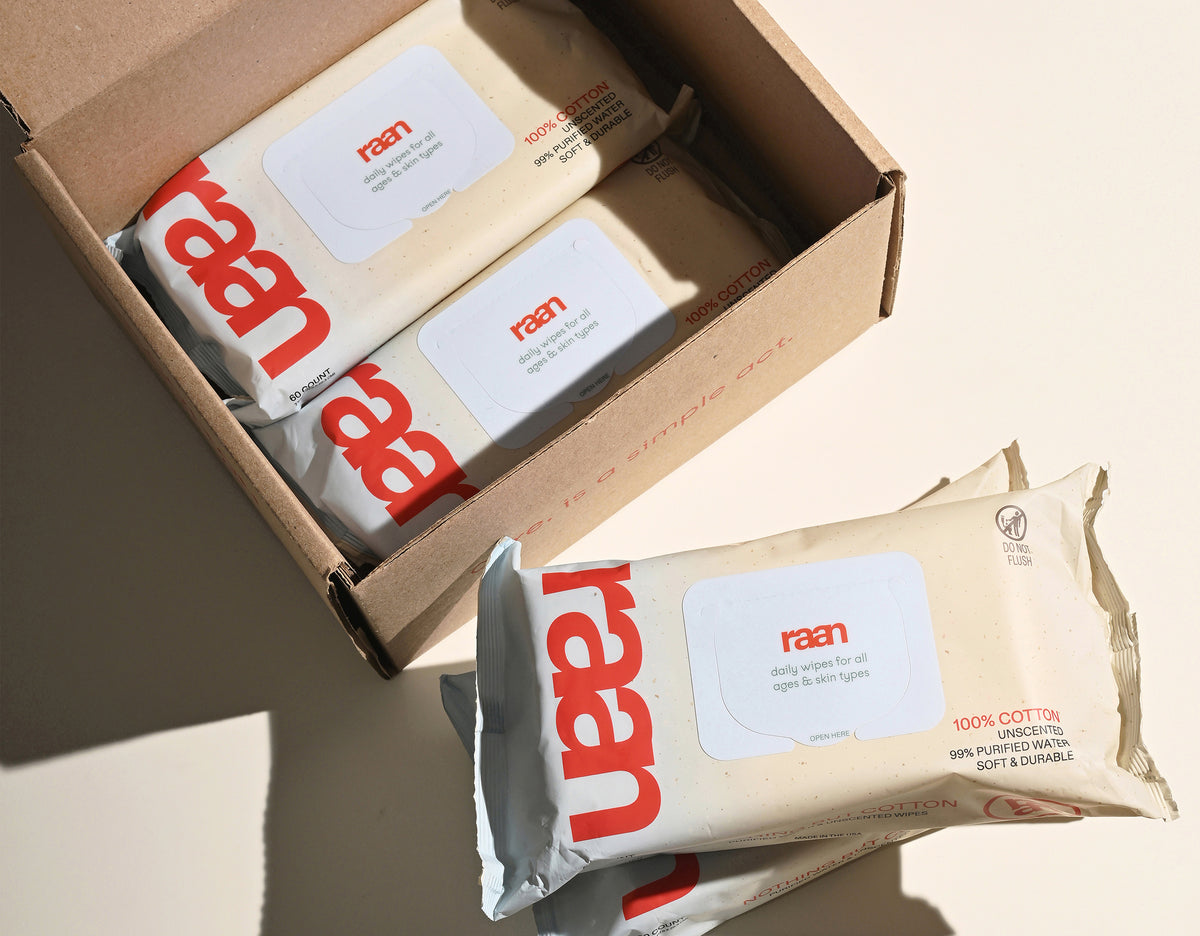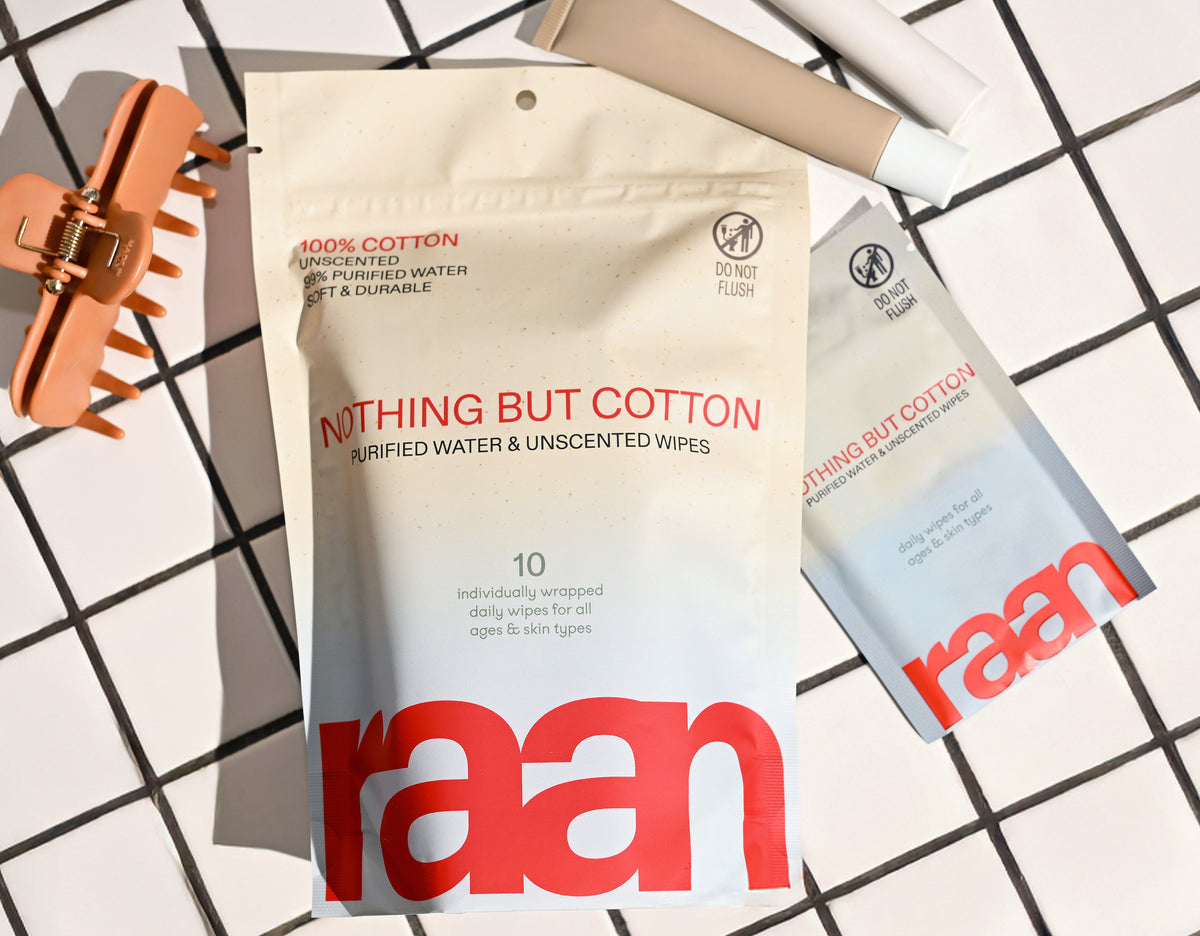Key Takeaways
- Cloth diapers care is about creating a practical routine that suits everyday life and various skin sensitivities.
- Effective care involves understanding the materials used in cloth diapers.
- Consistent washing habits are essential for maintaining cloth diapers.
- Choosing products with transparent ingredient information ensures safer cleaning.
- Realistic expectations help navigate misleading claims in baby care products.
Table of Contents
Cloth Diapers Care: The Real, Everyday Guide to Safe, Simple & Transparent Clean
Cloth diapers care isn't rocket science, it's about finding a routine that works with real life, real messes, and real skin sensitivities. After years of navigating misleading "clean" claims in the baby care world, we've learned that effective cloth diapers care comes down to three things: understanding your materials, establishing consistent washing habits, and choosing products that are genuinely transparent about what's inside. For families seeking the gentlest solutions, the only unbleached, 100% cotton baby wipe for sensitive skin is an excellent option to pair with your cloth diaper routine.
Unlike disposables packed with synthetic materials and undisclosed fragrances, cloth diapers offer complete ingredient transparency. But they require a care routine that preserves their absorbency, prevents bacterial buildup, and keeps them gentle against sensitive skin. This guide cuts through the overwhelm to give you practical, science-backed steps that work for busy parents, sensitive skin, and everyday chaos. If you need a convenient on-the-go solution, try an unbleached, 100% cotton pocket wipe for sensitive skin for quick cleanups.
For more on the differences between cloth and disposables, see this detailed comparison of disposable diapers versus cloth diapers.
Why Cloth Diapers Matter: Everyday Benefits for Real Life
What Are Cloth Diapers?
Quick Answer: Cloth diapers are reusable diapering systems made from natural or synthetic absorbent materials, designed to replace disposable diapers. They consist of an absorbent core (insert or built-in padding) and a waterproof outer layer, secured with snaps, velcro, or pins.
Modern cloth diapers work through layered absorption, cotton, bamboo, or hemp fibers pull moisture away from skin while waterproof covers prevent leaks. They're sized from newborn (6-10 lbs) to toddler (35+ lbs), with adjustable fits that grow with your child. Unlike the flat rectangles your grandmother used, today's cloth diapers offer convenience features like pocket openings for custom absorbency and all-in-one designs that go on like disposables.
Everyday Advantages
The average family saves $1,200–$2,000 over two years by choosing cloth over disposables. A complete cloth diaper stash costs $200–$600 upfront but serves 8,000+ diaper changes. Beyond cost, cloth diapers contain no plastic backing, chlorine bleaching, or synthetic fragrances, common irritants in disposables that contribute to diaper rash rates of 15–25% compared to 7–12% with cloth.
Environmental impact is measurable: one child in disposables generates 2,000+ pounds of landfill waste, while cloth diapers can diaper multiple children before composting. Parents also report earlier potty training, average age drops from 36 months with disposables to 24–30 months with cloth, likely due to increased awareness of wetness.
Addressing Common "Clean" Myths
| Myth | Fact | Science |
|---|---|---|
| Cloth diapers leak more | Proper fit prevents 95% of leaks | Leak rates equal disposables when sized correctly |
| They're less hygienic | Hot water washing eliminates 99.9% bacteria | Hospital-grade sanitation at 140°F+ water temp |
| Too time-consuming | 15 minutes total daily time investment | 5 min stuffing + 10 min folding vs 5 min daily store runs |
| They smell worse | Proper storage prevents odor buildup | Dry storage inhibits ammonia-producing bacteria |
Demystifying Cloth Diaper Types: What's Right for You?

Types of Cloth Diapers
| Type | Assembly Time | Best For | Absorbency | Drying Time |
|---|---|---|---|---|
| All-in-One (AIO) | 0 seconds | Daycare, partners, convenience | Moderate | 3–4 hours |
| 30 seconds | Custom absorbency, quick drying | High (customizable) | 1–2 hours | |
| Cover + Insert | 45 seconds | Budget-conscious, heavy wetters | Highest | 1–2 hours |
| Fitted + Cover | 60 seconds | Overnight, sensitive skin | Maximum | 2–3 hours |
| Flats/Prefolds | 90 seconds | Newborns, budget, customization | Variable | 45–60 minutes |
Despite decades of innovation, cloth diapers still face outdated misconceptions. The biggest myth? That they're less hygienic than disposables. In reality, proper cloth diapers care creates a cleaner environment than disposables, which can harbor bacteria in gel crystals for hours between changes.
| Myth | Fact | Scientific Backing |
|---|---|---|
| Cloth diapers leak more | Properly fitted cloth has comparable leak rates to disposables | Study shows 8% leak rate for both when changed every 2–3 hours |
| They're less absorbent | Natural fibers hold 10–20x their weight in liquid | Hemp holds 20x, cotton 15x, vs. disposable gel at 12x capacity |
| Cloth causes more rashes | Diaper rash rates are 40% lower with cloth | Absence of synthetic fragrances and plastic reduces irritation |
| They're unsanitary | Hot water washing eliminates 99.9% of bacteria | 160°F water temperature kills common diaper bacteria within 10 minutes |
The transparency advantage is clear: cloth diapers contain identifiable materials like unbleached cotton, bamboo, or hemp. Disposables contain undisclosed "absorbent gel polymers" and synthetic fragrances that manufacturers aren't required to list. For families prioritizing ingredient transparency, cloth offers complete visibility into what touches their child's skin. To learn more about the benefits of unbleached cotton in baby products, check out our in-depth guide.
The Science & Simplicity of Washing Cloth Diapers
Proper cloth diapers care starts with understanding why each washing step matters. Unlike disposables, cloth diapers require a two-stage process: removing waste and sanitizing fibers. This isn't complicated, it's methodical. If you're building your routine, the mess-ready pack is a practical way to ensure you always have fresh, gentle wipes on hand.
Prepping New Cloth Diapers
New cloth diapers contain manufacturing residues that block absorbency. Natural fibers like cotton and hemp need 3–5 washes to reach full absorption capacity, while synthetic materials typically need 1–2 washes.
The exact prep routine: Run one cool wash with detergent, followed by one hot wash without detergent, then two extra rinses. This removes sizing agents, natural oils, and any processing chemicals while opening fiber structure for maximum absorbency. Skip fabric softener permanently, it coats fibers and reduces absorption by up to 40%.
Daily Storage, Preventing Odors & Bacteria Before Wash
Store soiled diapers in a dry pail or hanging wet bag with good airflow. Wet storage breeds bacteria and sets stains. Remove solid waste within 2 minutes of changing, this prevents odor buildup and makes washing more effective.
| Storage Method | Best For | Odor Control | Convenience |
|---|---|---|---|
| Dry pail with lid | Home use, multiple children | Good with regular emptying | Easy dumping into washer |
| Hanging wet bag | Small spaces, travel | Excellent airflow | Wash with diapers |
| No-pail (washer) | Daily washing routine | Best, immediate washing | Requires daily commitment |
Step-by-Step Washing Process
Effective cloth diapers care follows a two-wash system: prewash removes waste, main wash sanitizes and cleans thoroughly. For a complete starter routine, consider the starter set to simplify your cloth diaper care process.
Prewash: Short cycle (30–45 minutes), warm water, half the normal detergent amount. This removes the bulk of soil and prepares diapers for deep cleaning.
Main wash: Long cycle (2+ hours), hot water (140°F if your water heater allows), full detergent amount based on load size and water hardness. Use heavy-duty or sanitize cycles if available.
Detergent amounts: Soft water needs 1–2 tablespoons powder or 1–3 tablespoons liquid per load. Hard water requires 2–4 tablespoons powder or 2–4 tablespoons liquid. Test your water hardness with strips, over 180 ppm needs additional washing soda.
Rinsing: Run 1–2 extra rinses until water runs clear. Add white vinegar (1/4 cup) only if you detect detergent residue or mineral buildup.
Drying Methods Explained: Results, Energy Use, Longevity
Line drying preserves elastic and extends diaper life by 6–12 months compared to high-heat machine drying. Sunlight naturally bleaches stains in 8–12 minutes of direct exposure, more effective than chemical bleach for most organic stains.
Machine drying on medium heat works for cotton and hemp but avoid high heat, which breaks down elastic and synthetic materials. Wool covers must air dry flat, heat shrinks and damages lanolin coating.
Troubleshooting, Stains & Sensitive Skin: Keeping Cloth Diapers Clean & Safe
Even with perfect routines, cloth diapers occasionally need extra attention. Understanding why problems occur helps you fix them quickly without harsh chemicals that compromise skin safety. For more tips on gentle routines, see our article on care of children's skin.
Odors, Stains, and Detergent Buildup, Practical Solutions
Persistent odors usually indicate insufficient washing or detergent buildup. Strip washing every 2–3 months removes accumulated residues and restores absorbency.
Strip wash routine: Wash clean diapers in hot water without detergent. If bubbles appear during rinses, continue rinsing until water runs completely clear. For mineral buildup, add 1/4 cup white vinegar to the final rinse.
For a scientific perspective on diaper hygiene and skin health, see this peer-reviewed study on diaper care and skin irritation.
For a medical overview comparing diaper types, you can also review this Stanford Children's Health resource on disposable vs. cloth diapers.
Frequently Asked Questions
What are the best washing practices to maintain the absorbency and cleanliness of cloth diapers?
Wash cloth diapers in hot water using fragrance-free, transparent detergents to keep them clean and absorbent. Avoid fabric softeners and bleach, as these can damage the fabric and irritate sensitive skin. Consistent washing habits help prevent bacterial buildup and preserve the diaper’s function.
How do cloth diapers compare to disposable diapers in terms of cost, environmental impact, and skin sensitivity?
Cloth diapers typically have a higher upfront cost but save money over time since they’re reusable. They reduce plastic waste and avoid synthetic materials found in disposables, making them a more environmentally responsible choice. Cloth diapers offer better ingredient transparency and tend to be gentler on sensitive skin due to natural fibers and fewer additives.
What types of materials are commonly used in modern cloth diapers, and how do they affect diaper performance and care?
Modern cloth diapers use natural fibers like cotton, bamboo, or hemp for absorption, paired with waterproof outer layers made from synthetic fabrics. Natural fibers pull moisture away from the skin, helping keep babies comfortable, while waterproof covers prevent leaks. Understanding these materials helps guide proper washing and care to maintain performance and skin safety.
Are there recommended products or ingredients to avoid when caring for cloth diapers to protect a baby's sensitive skin?
Avoid detergents with fragrances, dyes, and harsh chemicals, as well as fabric softeners and bleach, which can irritate sensitive skin and degrade diaper materials. Choose transparent, fragrance-free cleaning products with simple, safe ingredients to keep cloth diapers clean without compromising skin health.






